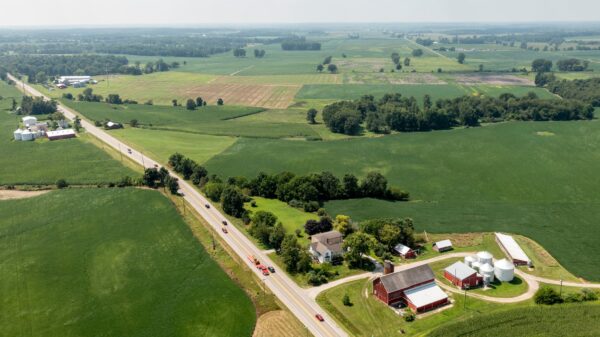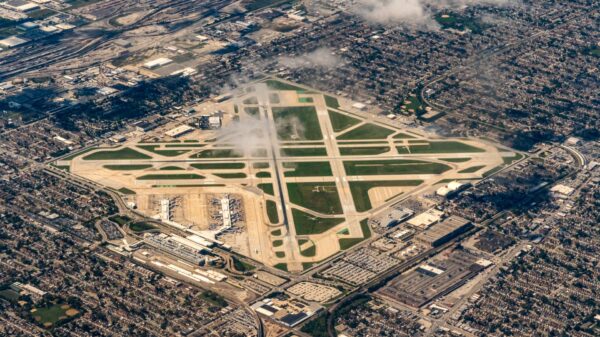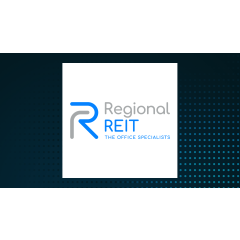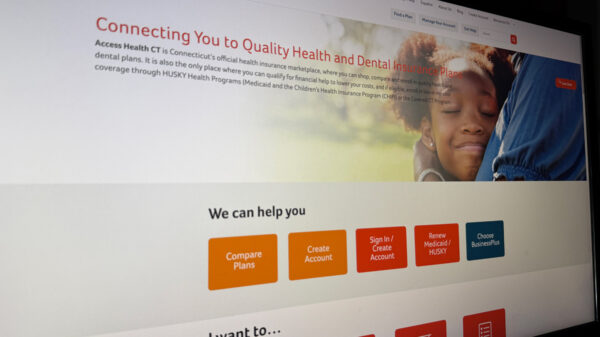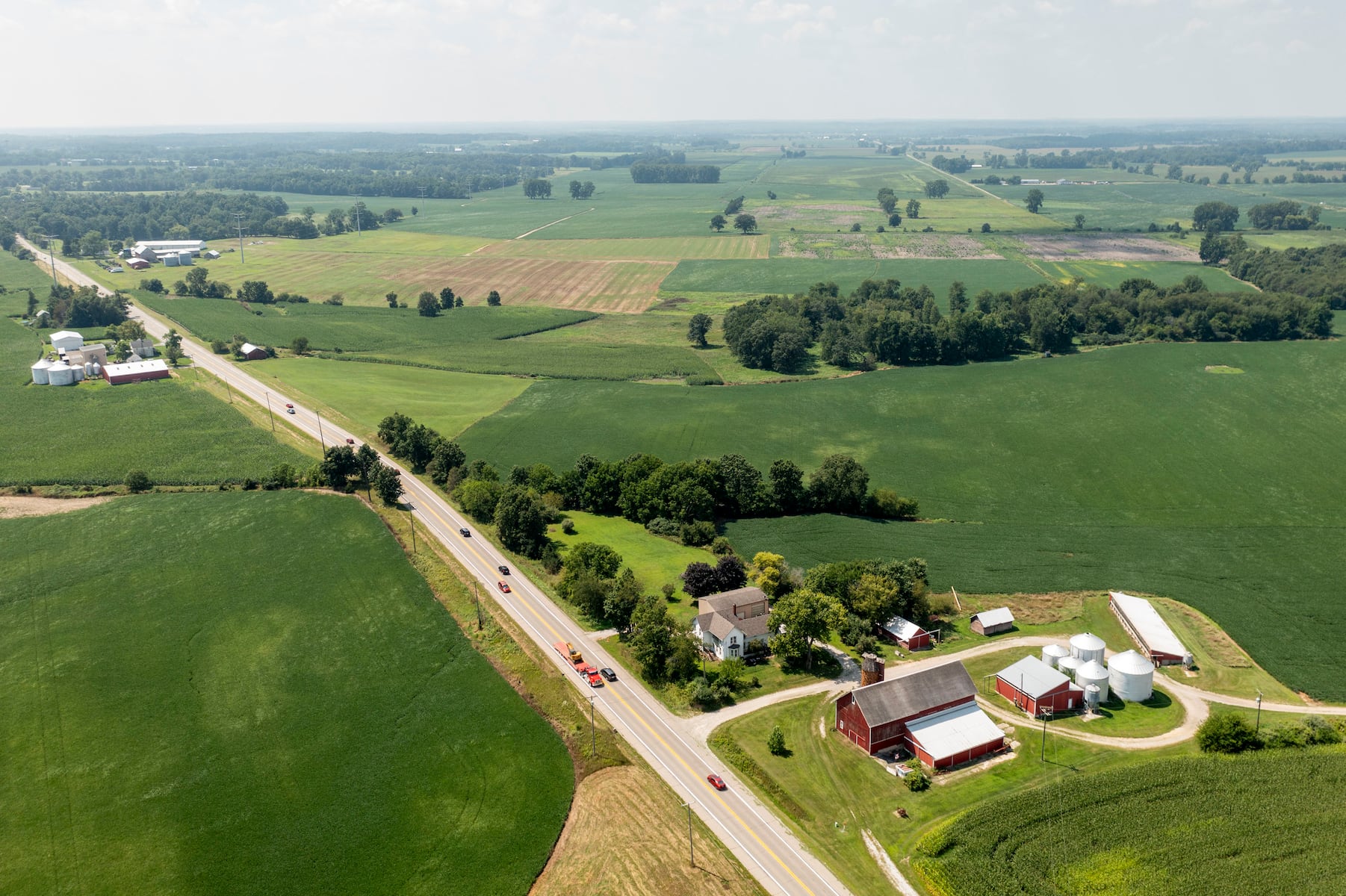UPDATE: Michigan is on the verge of a data center revolution as plans for the state’s first large-scale AI data center, a collaboration between OpenAI and Oracle, are set to move forward in Saline Township. This ambitious project could reshape the local economy, promising $14 million in benefits, but it also raises significant environmental and economic concerns.
Driving this urgent development is the soaring demand for cloud computing and AI services, which have triggered a nationwide boom in data center construction. The proposed 2.2-million-square-foot facility is expected to peak at 1.4 gigawatts of power usage—equivalent to the output of an entire nuclear power plant—signaling a major shift in Michigan’s energy landscape.
Local officials recently confirmed that construction is slated to begin in early 2026, positioning Michigan as a potential hub for hyperscale data centers that could consume more electricity than entire cities. This growing trend is fueled by tech giants like Amazon, Google, and Microsoft, all vying for real estate in states that offer favorable tax incentives.
The Michigan government has taken steps to attract these massive facilities, including tax breaks for data center equipment and construction materials, which were signed into law by Governor Gretchen Whitmer in 2024. However, critics are concerned these incentives may not deliver the promised jobs or economic benefits. Legislative estimates suggest these tax breaks could slash state revenue by over $90 million by 2065, with no data center yet applying for the new incentives.
As developers race to finalize plans, local communities are grappling with the ramifications. Town halls across Michigan are buzzing with debates over zoning and environmental impacts. At least 11 potential sites for data centers have been identified, with pushes in regions like Livingston, Washtenaw, Kalkaska, and Kalamazoo counties.
The Saline Township project represents the first major breakthrough, but fierce local opposition has emerged over fears of escalating electricity prices and environmental degradation. Local residents are concerned about the significant strain on the power grid and potential increases in utility rates. Data centers are projected to account for as much as 12% of U.S. electric demand by 2028, raising alarms about sustainability and long-term energy planning.
Moreover, data center developers are now eyeing rural farmlands, which offer cheaper land and proximity to existing power grids. While these facilities promise substantial job creation—up to 2,500 jobs during construction, with 450 permanent positions—many worry about the long-term impacts on the environment and local economies.
Next Steps: As construction timelines for the Saline Township project solidify, attention will turn to how local governments respond to the influx of data centers. Experts warn about the potential for utility costs to rise, placing an additional burden on consumers if the anticipated demand does not materialize as projected.
As the data center debate heats up in Michigan, residents and stakeholders are urged to stay informed and engaged. The implications of these developments extend beyond local economies; they are at the forefront of a national conversation about the future of energy consumption, technology, and community well-being.
Stay tuned for further updates as this situation evolves, and the impact of these decisions unfolds across Michigan.




